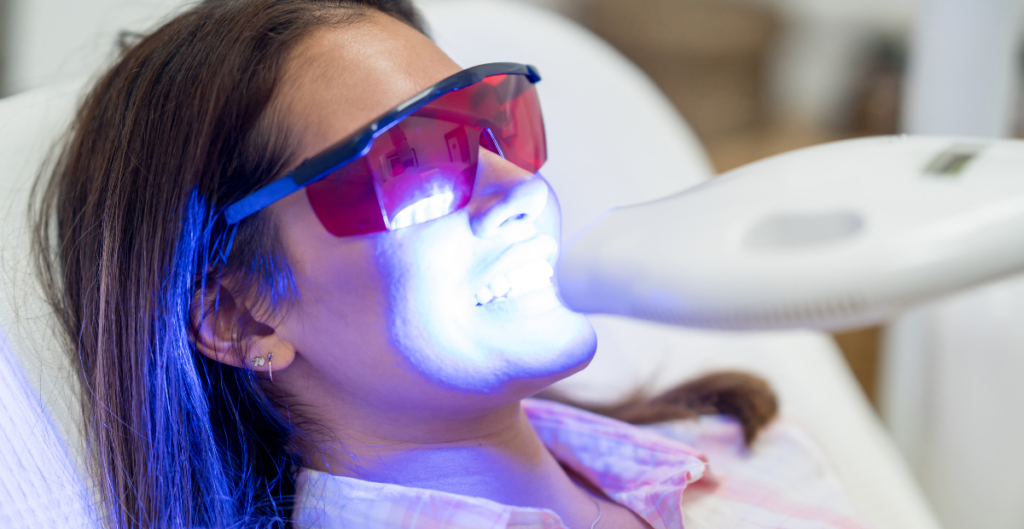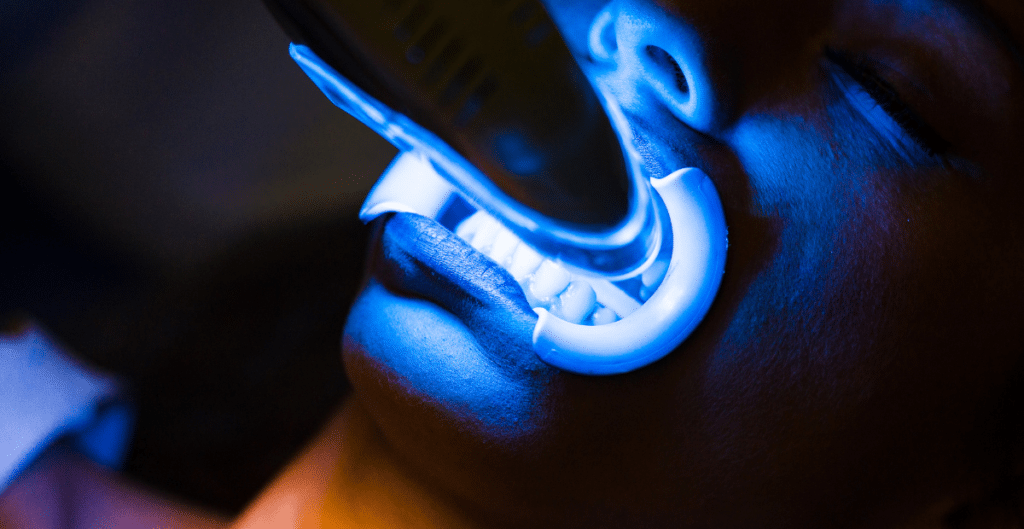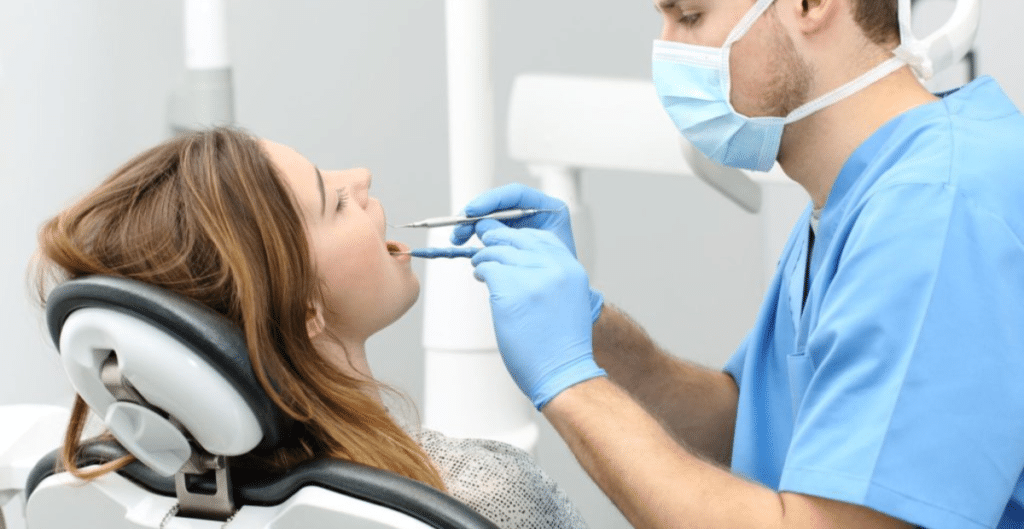Laser Treatment for Gum Disease Pros and Cons
A periodontal problem is rampant, affecting numerous individuals who do not know about it until it is almost too late because of serious signs and symptoms. Historically gum treatment was painful & invasive, including surgery with extensive recovery periods making it unpleasant for many patients. Fortunately, there are new dental technologies available such as laser therapy that could change everything. This article will explain how tooth laser therapy works taking into account its pros and cons.
Understanding the Gum Disease
To understand the gum disease, one must know causes of it, the symptoms and the treatment, along with its detailing of how the treatment works and its types. Here are some important factors that can help you understand the gum diseases.
What Causes Gum Disease?
Oral hygiene is one of the leading contributors to gum diseases as a result of plaque build-up that can cause diseases to the gums, which are sticky films containing bacteria that form on the mouth’s surface. When not removed over time, plaque turns to tartar which further irritates the gums and inflammation occurs. Other contributing factors include smoking, some medications and even genetics count its pros and cons.
Recognizing the Symptoms
Gum disease typically begins with gingivitis, the initial stage when gums appear red and swollen and might bleed easily. With advancement to periodontitis, this type of disease has more serious symptoms which might include halitosis, gum recession or worse still—loss of teeth.
What is Laser Treatment for Gum Disease?
It is no stranger to today’s dentists that laser therapy has offered them a better way of dealing with dental problems. This contemporary method utilizes a concentrated beam of light to cut out damaged parts of the teeth or gums, eliminate bacteria and foster gum healing. In contrast to surgical techniques which may cause significant pain, it is less uncomfortable and mostly allows for faster recuperation period.
How Does It Work?
Using an advanced dental laser, the dentist directs it at the areas of your gums that are not well. The energy from the laser helps to eliminate contaminated tissues while also disinfecting that area; this minimizes chances for reinfection. Furthermore, it stimulates reconstitution and mending of gum tissues.
Types of Lasers in Dentistry
Different types of lasers can be used during dental procedures based on what the individual may require. There are commonly used diode lasers, CO2 lasers and erbium lasers as well. Each category has various advantages hence your dentist will opt for the one that best suits your situation.
Diode lasers
This type of laser is used in bacterial control in gums and it uses soft tissue procedures to heal gum tissues.
CO2 lasers
This type of laser is used to treat diseased tissues and these also require more attention while use.
Erbium lasers
This type of laser is used to heal the damaged tissues, as well as bone reshaping. It is known to be used for soft and hard tissue procedures.

The Pros of Laser Treatment for Gum Disease
Pros of the treatment enhance if the treatment is carried by a professional dentist with all the essential equipment and also that the pre and post treatment instructions by the dentists, are followed. Here are the pros of Laser treatment for gum disease.
Minimally Invasive
The minimally intrusive nature of the laser therapy is one of its biggest advantages. Unlike in conventional surgery, there is no incision or sewing which makes it less hurtful and helps to speed up the healing process.
Less Pain During and After the Procedure
A considerable number of people have discovered that laser treatment is far more pleasant compared to the old-fashioned gum operations. Additionally, the accuracy of lasers causes minimal pain and trauma to the gums and hence lesser discomfort both during and post the surgical process.
Reduced Bleeding and Swelling
In comparison with traditional surgery, due to the cauterization of blood vessels by the laser, less bleeding usually occurs. Consequently, afterwards there will be lesser swelling resulting to quicker and more restful recovery.
Faster Healing and Recovery Time
The healing process is faster with laser treatment, as it is more precise and less invasive than other treatments available. This means that most patients can go back to their usual lives sooner than what would have been possible had they undergone conventional surgery.
Precision in Targeting Affected Areas
In order to only concentrate on the affected part of the tooth, the dentist is able to use laser precision which allows him/her to avoid any other healthy tissue. This kind of accuracy helps in getting more effective treatment with less chances of having side effects.
Reducing the Risk of Infection
The laser not only removes infected tissue but also kills bacteria, which significantly reduces the risk of post-procedure infection. This is particularly beneficial for patients who are prone to infections or have compromised immune systems.
Preserving Healthy Gum Tissue
It is not only a tissue removal by laser but also bacteria kills that greatly lessen the danger of getting germs after surgery. This is especially useful for those who tend to develop such diseases or have weaker immunity.
Suitability for Various Patients
Various patients may benefit from laser therapy, including people with medical conditions that do not allow them to undergo standard surgical procedures. In addition, it’s an ideal choice for individuals who want to avoid undergoing surgery.
The Cons of Laser Treatment for Gum Disease
Any treatment can come with its vulnerabilities and gum disease treatment is no exception. One may experience slight sensitivity, inflammation and soreness. Here are the more important cons that must be consider before a laser treatment for gum disease:
Higher Cost
High cost of laser therapy is one of its major disadvantages. In comparison with conventional techniques, it is usually expensive, therefore unaffordable by certain individuals.
Is It Worth the Extra Expense?
Despite being expensive, a considerable number of patients believe that the advantages of laser therapies such as reduced pain, quicker healing time as well as lesser chances of becoming infected make them worth every penny spent on them. It is however essential to compare these advantages with their respective costs and one’s individual finances at this point in time.
Limited Availability
Laser therapy for gum infections isn’t offered by all dentists. The process necessitates specialized equipment and training thus you may need to find a specialist dentist to carry out the procedure.
Finding the Right Dentist
When considering laser therapy, it is important to locate a dentist who is experienced in using this technology. The skills of dentists with lasers vary; therefore, research is necessary so that you will be safe.
Potential Risks and Side Effects
Despite the safety of laser surgery, one must also be aware of its trends and side effects. Minor burns, transient sensitivity and neighboring tissue damage are some of the possible adverse effects.
Weighing the Risks
Before laser treatment is chosen, dentist should be consulted regarding the possible dangers. Be aware of how it works and assess whether advantages outnumber any disadvantages.
Related to mouth hygiene you can read: Why Is the Roof of My Mouth Yellow?
Not Suitable for All Cases
Lately, laser therapy has become one of the most commonly used therapies for the treatment of gingivitis; Although it may not be suitable for all patients with this condition since at times it’s necessary to perform conventional surgical procedures in the case of serious periodontitis. Before opting for a laser therapy, it is important to visit your dentist who will advise you appropriately.

Credits: Avperio
Comparing Laser Treatment with Traditional Methods
Here is comparison between laser treatment and traditional methods.
Scaling and Root Planning
Scaling and root planning is a kind of non-surgical treatment for gum disease that is usually used, it includes deep cleaning done beneath the gum line to eliminate plaque and tartar deposits. This method works well for most patients, particularly those who are still at the initial stages of gum disease.
Traditional Surgery
In some cases, conventional gum surgery may be unavoidable. This may consist of flap surgery which involves lifting up the gums to clean tooth roots, or grafts for regenerating damaged tissue.
Flap Surgery
Surgical flap involving gum excision for root and bone exposure making it possible to remove tartar and restore damaged parts by the dentist; this is usually more effective, however as much as it does take longer time to heal.
Bone and Tissue Grafts
In case of gum disease, there might be serious destruction by it in terms of bone and tissue that will necessitate the need for grafts to repair these regions. But this process is intricate in nature and has a longer healing period as opposed to laser therapy.
Effectiveness Comparison
Laser therapy or conventional treatments have their advantages and are useful depending on the given circumstances. Your gum disease extent and entire well-being will determine what is best for you.
Conclusion
A modern and less intrusive approach for the treatment of gum disease is laser therapy. Gum disease can result in a lot of pain, but the laser treatment is a great option to consider because it reduces pain when compared to other therapies available. Additionally, it takes less time for one to recover from this kind of procedure due to its accuracy. However, one should be aware of certain disadvantages which characterize laser surgery for treating gums such as its high costs and availability problems. To find out what will work best for you, see your dentist.



